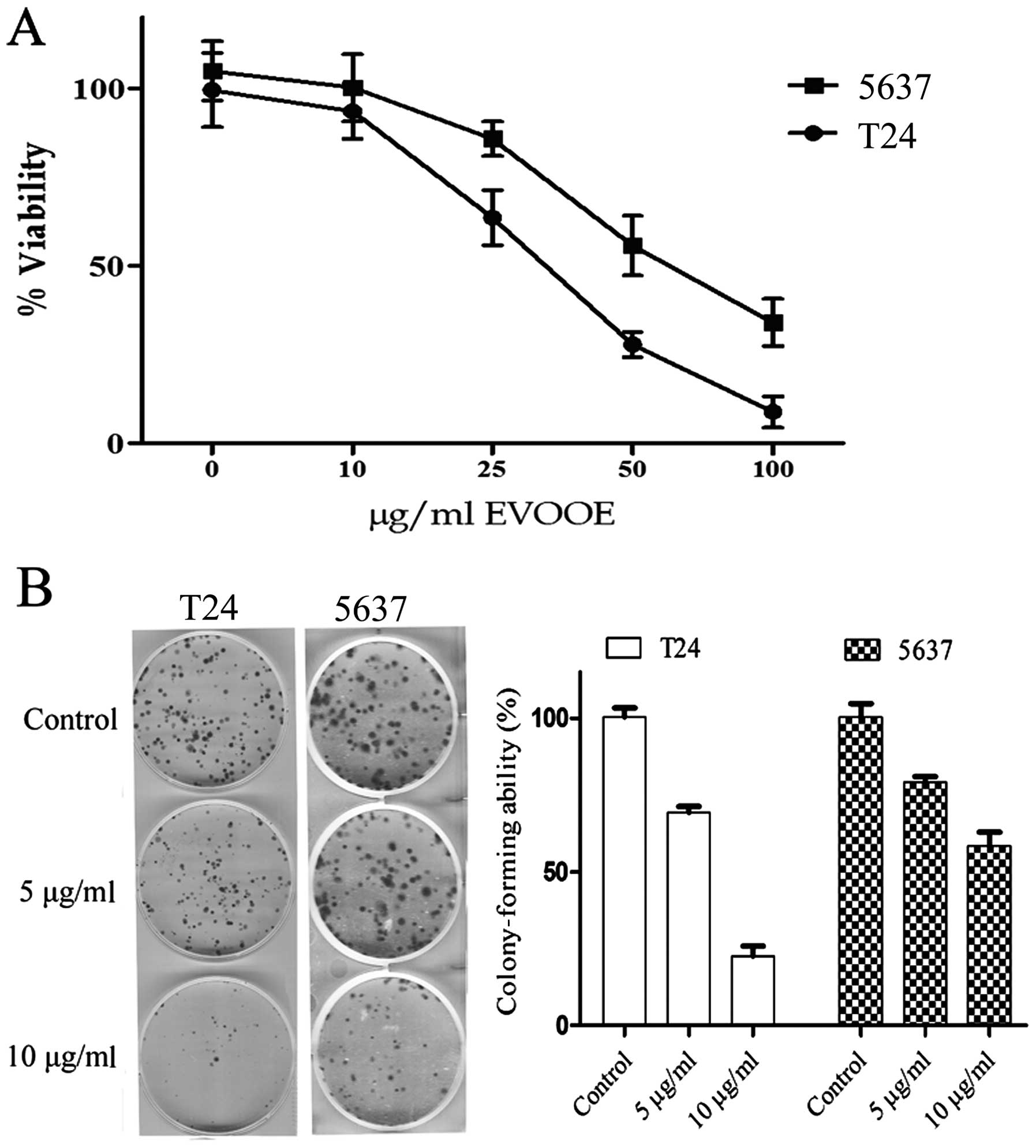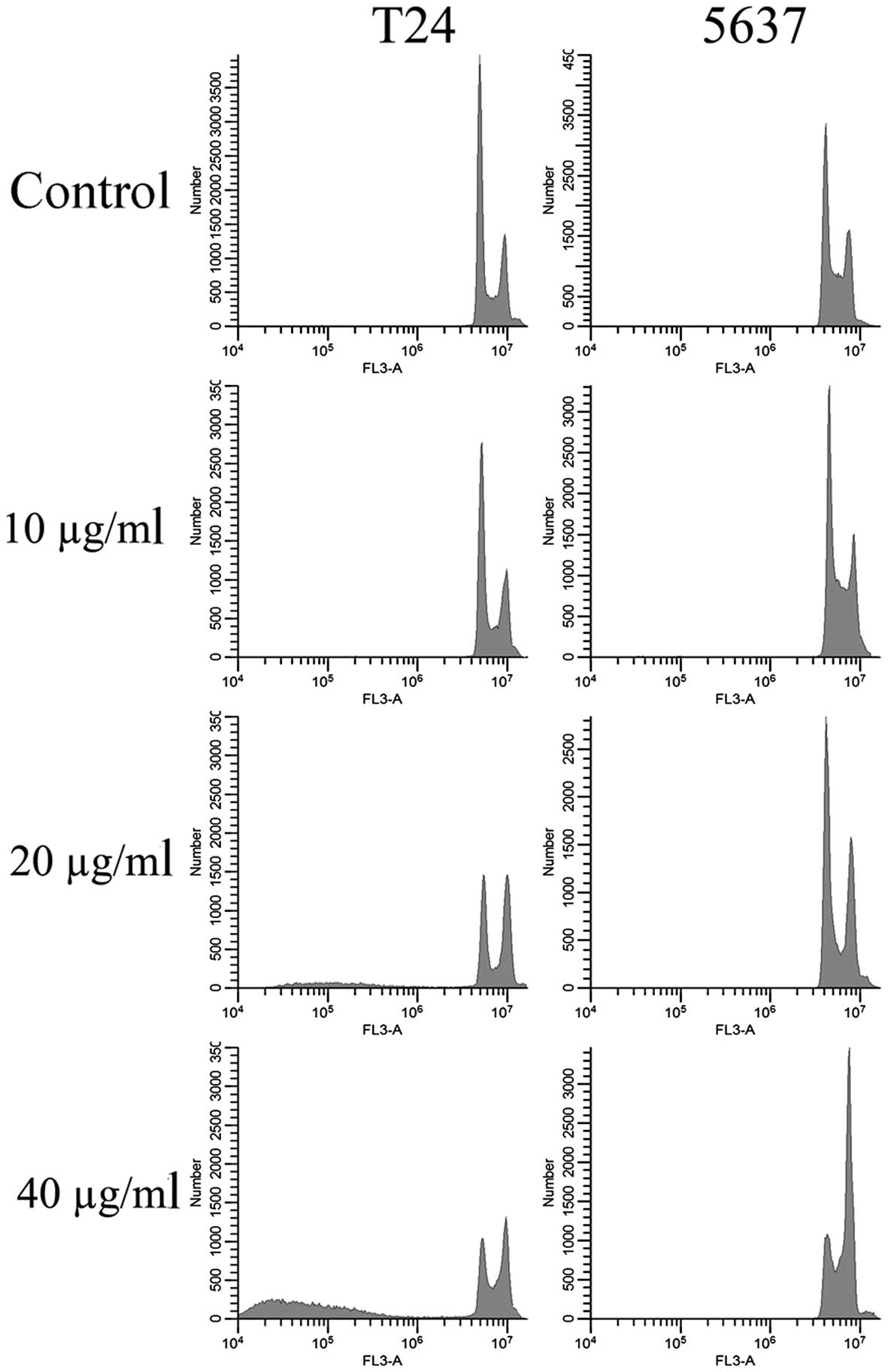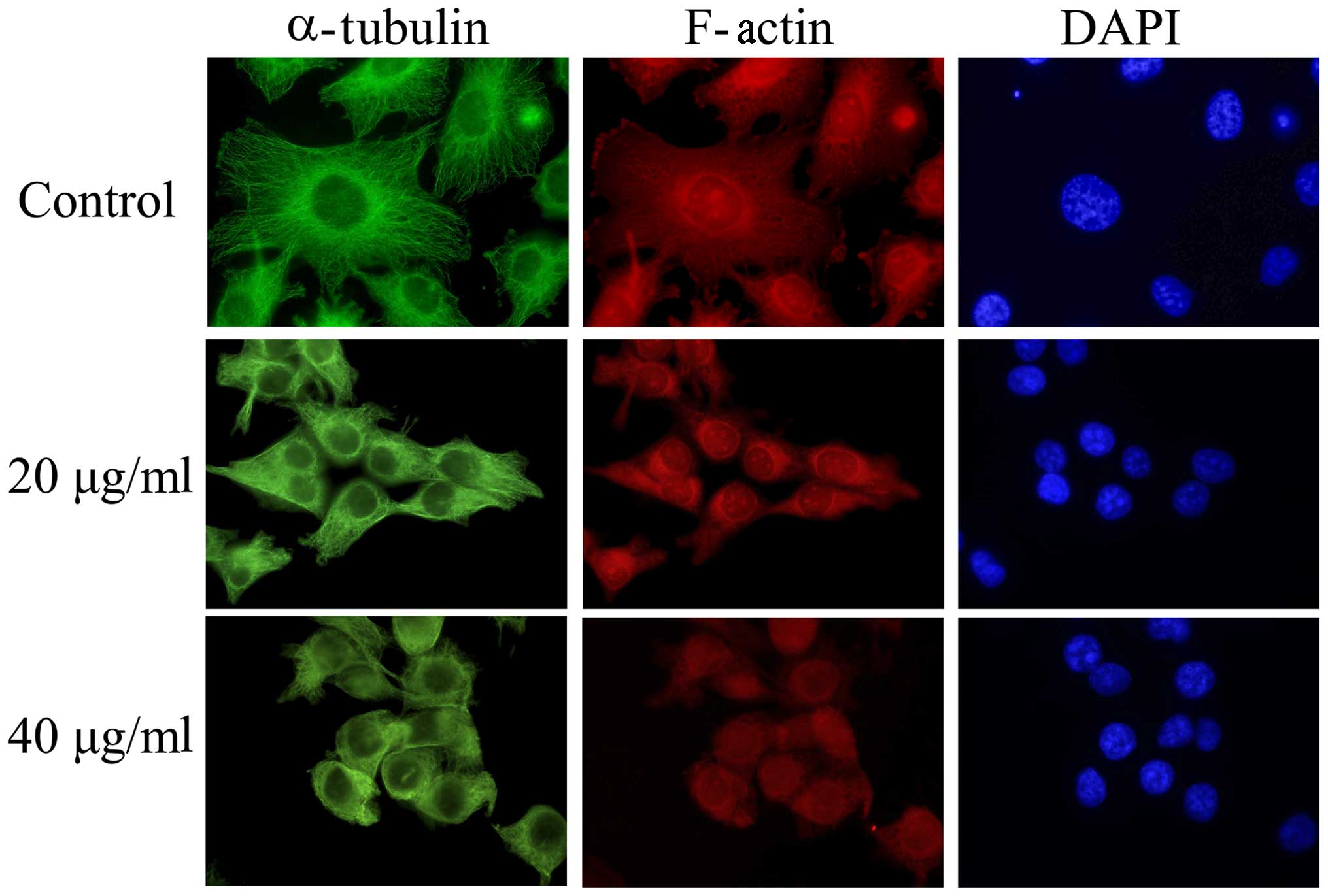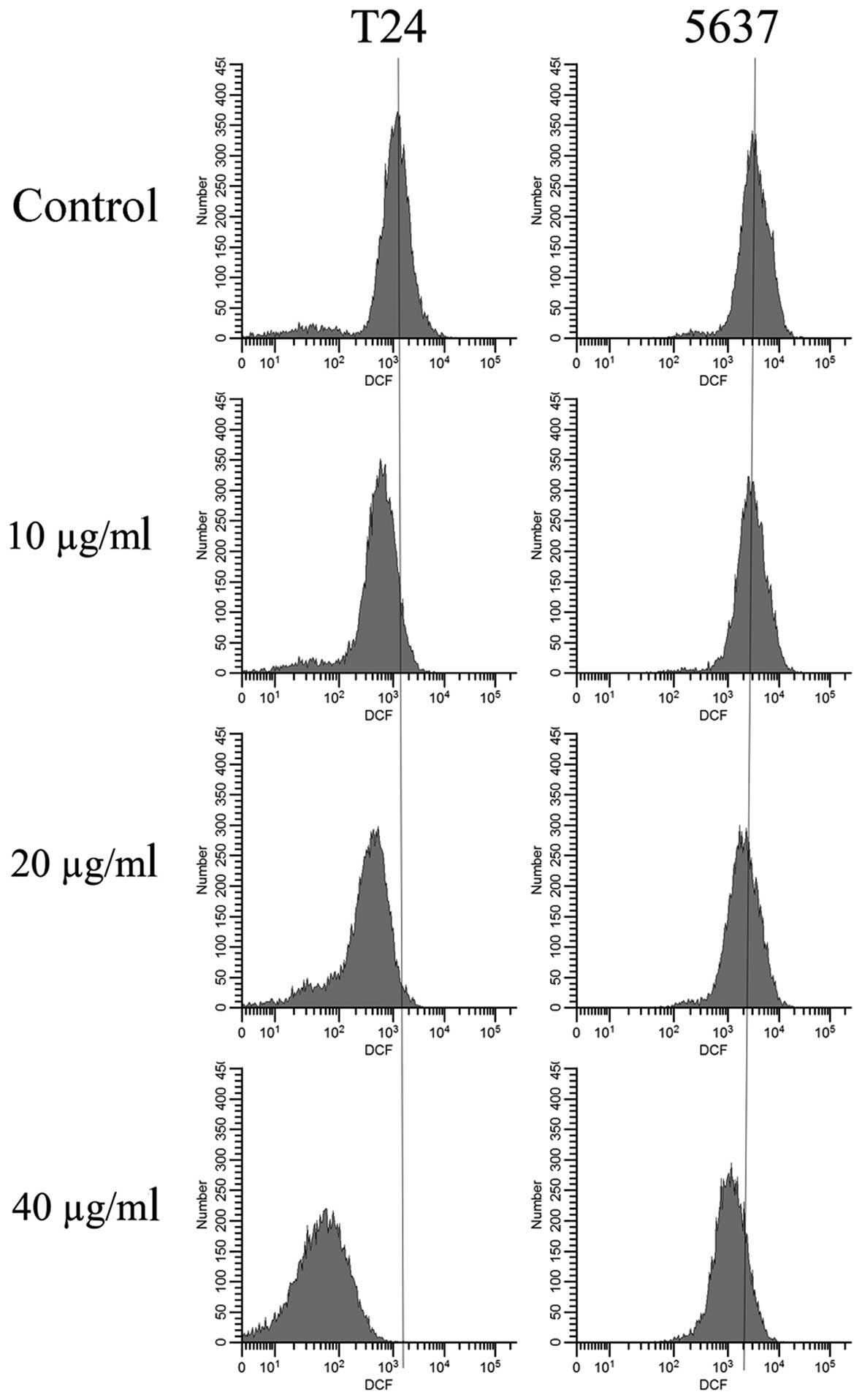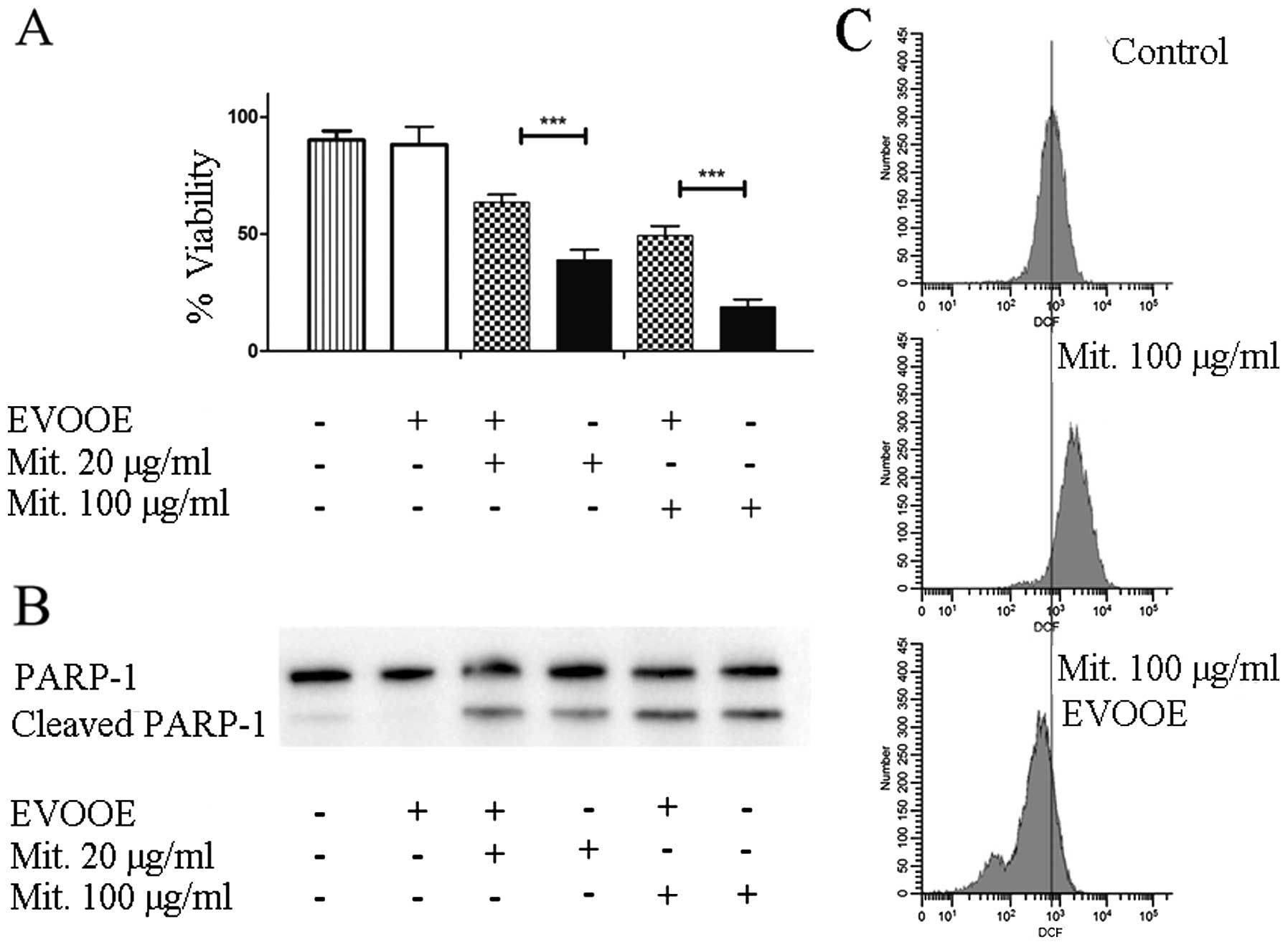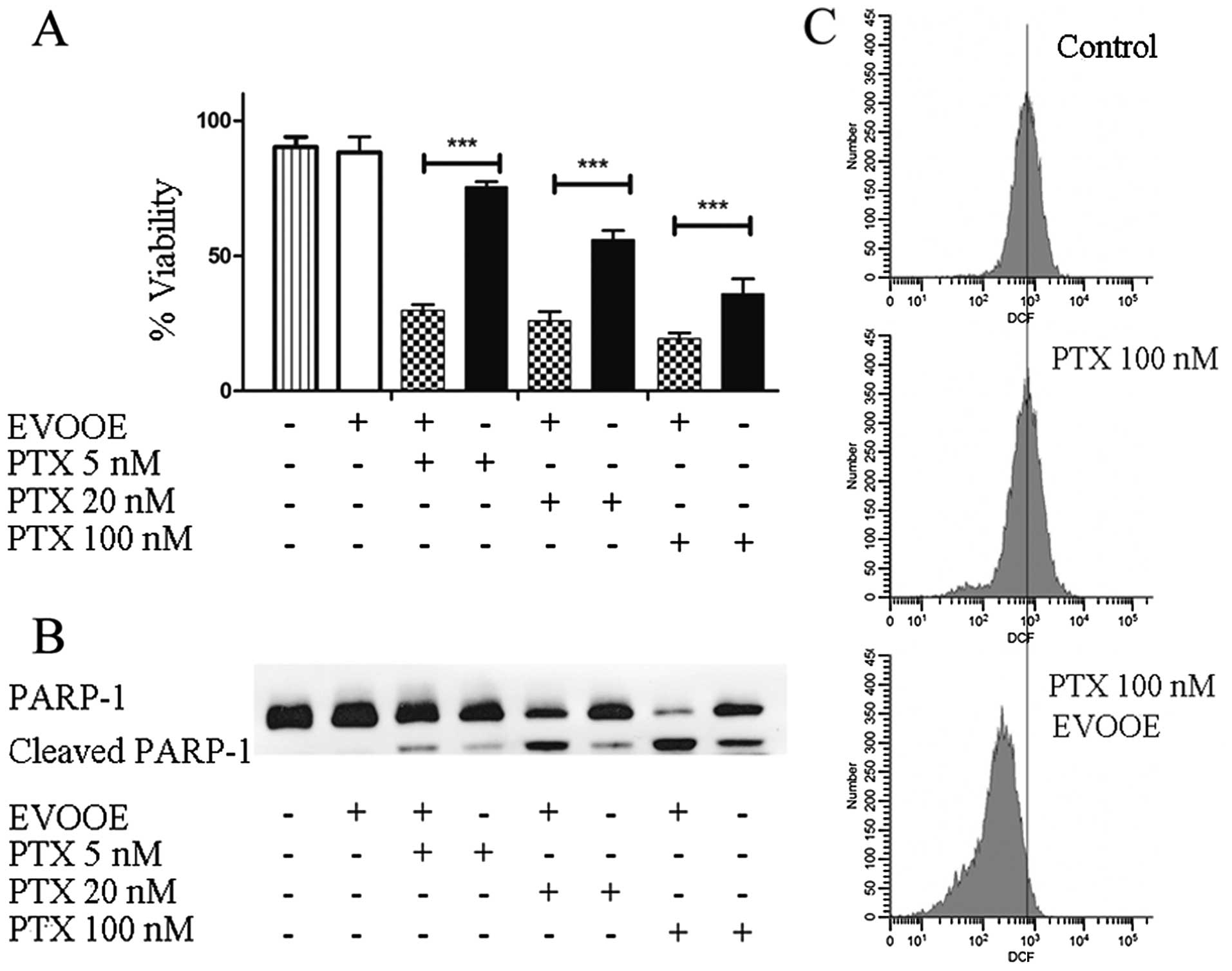|
1
|
Goodison S, Rosser CJ and Urquidi V:
Bladder cancer detection and monitoring: Assessment of urine- and
blood-based marker tests. Mol Diagn Ther. 17:71–84. 2013.
View Article : Google Scholar : PubMed/NCBI
|
|
2
|
Burger M, Catto JWF, Dalbagni G, Grossman
HB, Herr H, Karakiewicz P, Kassouf W, Kiemeney LA, La Vecchia C,
Shariat S, et al: Epidemiology and risk factors of urothelial
bladder cancer. Eur Urol. 63:234–241. 2013. View Article : Google Scholar : PubMed/NCBI
|
|
3
|
Brinkman MT, Buntinx F, Kellen E, Van
Dongen MC, Dagnelie PC, Muls E and Zeegers MP: Consumption of
animal products, olive oil and dietary fat and results from the
Belgian case-control study on bladder cancer risk. Eur J Cancer.
47:436–442. 2011. View Article : Google Scholar : PubMed/NCBI
|
|
4
|
Park SY, Ollberding NJ, Woolcott CG,
Wilkens LR, Henderson BE and Kolonel LN: Fruit and vegetable
intakes are associated with lower risk of bladder cancer among
women in the Multiethnic Cohort Study. J Nutr. 143:1283–1292. 2013.
View Article : Google Scholar : PubMed/NCBI
|
|
5
|
Ros MM, Bueno-de-Mesquita HB, Kampman E,
Aben KK, Büchner FL, Jansen EH, van Gils CH, Egevad L, Overvad K,
Tjønneland A, et al: Plasma carotenoids and vitamin C
concentrations and risk of urothelial cell carcinoma in the
European Prospective Investigation into Cancer and Nutrition. Am J
Clin Nutr. 96:902–910. 2012. View Article : Google Scholar : PubMed/NCBI
|
|
6
|
Zamora-Ros R, Sacerdote C, Ricceri F,
Weiderpass E, Roswall N, Buckland G, St-Jules DE, Overvad K, Kyrø
C, Fagherazzi G, et al: Flavonoid and lignan intake in relation to
bladder cancer risk in the European Prospective Investigation into
Cancer and Nutrition (EPIC) study. Br J Cancer. 111:1870–1880.
2014. View Article : Google Scholar : PubMed/NCBI
|
|
7
|
Psaltopoulou T, Kosti RI, Haidopoulos D,
Dimopoulos M and Panagiotakos DB: Olive oil intake is inversely
related to cancer prevalence: A systematic review and a
meta-analysis of 13,800 patients and 23,340 controls in 19
observational studies. Lipids Health Dis. 10:1272011. View Article : Google Scholar : PubMed/NCBI
|
|
8
|
Giacosa A, Barale R, Bavaresco L, Gatenby
P, Gerbi V, Janssens J, Johnston B, Kas K, La Vecchia C, Mainguet
P, et al: Cancer prevention in Europe: The Mediterranean diet as a
protective choice. Eur J Cancer Prev. 22:90–95. 2013. View Article : Google Scholar : PubMed/NCBI
|
|
9
|
Bulotta S, Celano M, Lepore SM, Montalcini
T, Pujia A and Russo D: Beneficial effects of the olive oil
phenolic components oleuropein and hydroxytyrosol: Focus on
protection against cardiovascular and metabolic diseases. J Transl
Med. 12:2192014. View Article : Google Scholar : PubMed/NCBI
|
|
10
|
Cárdeno A, Sánchez-Hidalgo M and
Alarcón-de-la-Lastra C: An up-date of olive oil phenols in
inflammation and cancer: Molecular mechanisms and clinical
implications. Curr Med Chem. 20:4758–4776. 2013. View Article : Google Scholar : PubMed/NCBI
|
|
11
|
Nomikos T, Fragopoulou E and Antonopoulou
S: Food ingredients and lipid mediators. Curr Nutr Food Sci.
3:255–276. 2007. View Article : Google Scholar
|
|
12
|
Nasopoulou C, Gogaki V, Stamatakis G,
Papaharisis L, Demopoulos CA and Zabetakis I: Evaluation of the in
vitro anti-atherogenic properties of lipid fractions of olive
pomace, olive pomace enriched fish feed and gilthead sea bream
(Sparus aurata) fed with olive pomace enriched fish feed. Mar
Drugs. 11:3676–3688. 2013. View Article : Google Scholar : PubMed/NCBI
|
|
13
|
Masci A, Coccia A, Lendaro E, Mosca L,
Paolicelli P and Cesa S: Evaluation of different extraction methods
from pomegranate whole fruit or peels and the antioxidant and
antiproliferative activity of the polyphenolic fraction. Food Chem.
202:59–69. 2016. View Article : Google Scholar : PubMed/NCBI
|
|
14
|
Hernáez Á, Remaley AT, Farràs M,
Fernández-Castillejo S, Subirana I, Schröder H, Fernández-Mampel M,
Muñoz-Aguayo D, Sampson M, Solà R, et al: Olive oil polyphenols
decrease LDL concentrations and LDL atherogenicity in men in a
randomized controlled trial. J Nutr. 145:1692–1697. 2015.
View Article : Google Scholar : PubMed/NCBI
|
|
15
|
Martín-Peláez S, Covas MI, Fitó M, Kušar A
and Pravst I: Health effects of olive oil polyphenols: Recent
advances and possibilities for the use of health claims. Mol Nutr
Food Res. 57:760–771. 2013. View Article : Google Scholar : PubMed/NCBI
|
|
16
|
Jayasena T, Poljak A, Smythe G, Braidy N,
Münch G and Sachdev P: The role of polyphenols in the modulation of
sirtuins and other pathways involved in Alzheimer's disease. Ageing
Res Rev. 12:867–883. 2013. View Article : Google Scholar : PubMed/NCBI
|
|
17
|
Vauzour D, Rodriguez-Mateos A, Corona G,
Oruna-Concha MJ and Spencer JPE: Polyphenols and human health:
Prevention of disease and mechanisms of action. Nutrients.
2:1106–1131. 2010. View Article : Google Scholar : PubMed/NCBI
|
|
18
|
Zhao B, Ma Y, Xu Z, Wang J, Wang F, Wang
D, Pan S, Wu Y, Pan H, Xu D, et al: Hydroxytyrosol, a natural
molecule from olive oil, suppresses the growth of human
hepatocellular carcinoma cells via inactivating AKT and nuclear
factor-kappa B pathways. Cancer Lett. 347:79–87. 2014. View Article : Google Scholar : PubMed/NCBI
|
|
19
|
Casaburi I, Puoci F, Chimento A, Sirianni
R, Ruggiero C, Avena P and Pezzi V: Potential of olive oil phenols
as chemopreventive and therapeutic agents against cancer: A review
of in vitro studies. Mol Nutr Food Res. 57:71–83. 2013. View Article : Google Scholar : PubMed/NCBI
|
|
20
|
Coccia A, Bastianelli D, Mosca L,
Monticolo R, Panuccio I, Carbone A, Calogero A and Lendaro E: Extra
virgin olive oil phenols suppress migration and invasion of T24
human bladder cancer cells through modulation of matrix
metalloproteinase-2. Nutr Cancer. 66:946–954. 2014. View Article : Google Scholar : PubMed/NCBI
|
|
21
|
Impellizzeri J and Lin J: A simple
high-performance liquid chromatography method for the determination
of throat-burning oleocanthal with probated antiinflammatory
activity in extra virgin olive oils. J Agric Food Chem.
54:3204–3208. 2006. View Article : Google Scholar : PubMed/NCBI
|
|
22
|
Bulotta S, Corradino R, Celano M,
D'Agostino M, Maiuolo J, Oliverio M, Procopio A, Iannone M,
Rotiroti D and Russo D: Antiproliferative and antioxidant effects
on breast cancer cells of oleuropein and its semisynthetic
peracetylated derivatives. Food Chem. 127:1609–1614. 2011.
View Article : Google Scholar
|
|
23
|
Chen H, Landen CN, Li Y, Alvarez RD and
Tollefsbol TO: Epigallocatechin gallate and sulforaphane
combination treatment induce apoptosis in paclitaxel-resistant
ovarian cancer cells through hTERT and Bcl-2 down-regulation. Exp
Cell Res. 319:697–706. 2013. View Article : Google Scholar : PubMed/NCBI
|
|
24
|
Yang K, Zheng XY, Qin J, Wang YB, Bai Y,
Mao QQ, Wan Q, Wu ZM and Xie LP: Up-regulation of p21WAF1/Cip1 by
saRNA induces G1-phase arrest and apoptosis in T24 human bladder
cancer cells. Cancer Lett. 265:206–214. 2008. View Article : Google Scholar : PubMed/NCBI
|
|
25
|
Yuan SSF, Chang HL, Chen HW, Kuo FC, Liaw
CC, Su JH and Wu YC: Selective cytotoxicity of squamocin on T24
bladder cancer cells at the S-phase via a Bax-, Bad-, and
caspase-3-related pathways. Life Sci. 78:869–874. 2006. View Article : Google Scholar : PubMed/NCBI
|
|
26
|
Nargund VH, Tanabalan CK and Kabir MN:
Management of non-muscle-invasive (superficial) bladder cancer.
Semin Oncol. 39:559–572. 2012. View Article : Google Scholar : PubMed/NCBI
|
|
27
|
Brighenti M, Passalacqua R, Arnaudi R,
Potenzoni M, Donini M, Liguigli W, Poli R, Lazzarelli S, Panni S
and Curti A: High rate of complete remission (CR) using two
sequential, dose-dense regimens of cisplatin, gemcitabine, and
paclitaxel (CGP) followed by HD-MVAC in patients with metastatic
bladder cancer (mBC). Eur J Cancer. 47:S5162011. View Article : Google Scholar
|
|
28
|
Mileo AM and Miccadei S: Polyphenols as
modulator of oxidative stress in cancer disease: New therapeutic
strategies. Oxid Med Cell Longev. 2016:64756242016. View Article : Google Scholar : PubMed/NCBI
|
|
29
|
Vissers MN, Zock PL, Roodenburg AJC,
Leenen R and Katan MB: Olive oil phenols are absorbed in humans. J
Nutr. 132:409–417. 2002.PubMed/NCBI
|
|
30
|
Miró-Casas E, Covas MI, Fitó M,
Farré-Albadalejo M, Marrugat J and de la Torre R: Tyrosol and
hydroxytyrosol are absorbed from moderate and sustained doses of
virgin olive oil in humans. Eur J Clin Nutr. 57:186–190. 2003.
View Article : Google Scholar : PubMed/NCBI
|
|
31
|
Zhou XU, Qi L, Tong S, Cui YU, Chen J,
Huang T, Chen Z and Zu XB: miR-128 downregulation promotes growth
and metastasis of bladder cancer cells and involves VEGF-C
upregulation. Oncol Lett. 10:3183–3190. 2015.PubMed/NCBI
|
|
32
|
Liao YX, Zeng JM, Zhou JJ, Yang GH, Ding K
and Zhang XJ: Silencing of RTKN2 by siRNA suppresses proliferation,
and induces G1 arrest and apoptosis in human bladder cancer cells.
Mol Med Rep. 13:4872–4878. 2016.PubMed/NCBI
|
|
33
|
Pacini L, De Falco E, Di Bari M, Coccia A,
Siciliano C, Ponti D, Pastore AL, Petrozza V, Carbone A, Tata AM,
et al: M2 muscarinic receptors inhibit cell proliferation and
migration in urothelial bladder cancer cells. Cancer Biol Ther.
15:1489–1498. 2014. View Article : Google Scholar : PubMed/NCBI
|
|
34
|
Pinto-Leite R, Carreira I, Melo J,
Ferreira SI, Ribeiro I, Ferreira J, Filipe M, Bernardo C,
Arantes-Rodrigues R, Oliveira P, et al: Genomic characterization of
three urinary bladder cancer cell lines: Understanding genomic
types of urinary bladder cancer. Tumour Biol. 35:4599–4617. 2014.
View Article : Google Scholar : PubMed/NCBI
|
|
35
|
Hamdi HK and Castellon R: Oleuropein, a
non-toxic olive iridoid, is an anti-tumor agent and cytoskeleton
disruptor. Biochem Biophys Res Commun. 334:769–778. 2005.
View Article : Google Scholar : PubMed/NCBI
|
|
36
|
Monti MC, Margarucci L, Tosco A, Riccio R
and Casapullo A: New insights on the interaction mechanism between
tau protein and oleocanthal, an extra-virgin olive-oil bioactive
component. Food Funct. 2:423–428. 2011. View Article : Google Scholar : PubMed/NCBI
|
|
37
|
Yan CM, Chai EQ, Cai HY, Miao GY and Ma W:
Oleuropein induces apoptosis via activation of caspases and
suppression of phosphatidylinositol 3-kinase/protein kinase B
pathway in HepG2 human hepatoma cell line. Mol Med Rep.
11:4617–4624. 2015.PubMed/NCBI
|
|
38
|
Sun L, Luo C and Liu J: Hydroxytyrosol
induces apoptosis in human colon cancer cells through ROS
generation. Food Funct. 5:1909–1914. 2014. View Article : Google Scholar : PubMed/NCBI
|
|
39
|
Raghavan D, Burgess E, Gaston KE, Haake MR
and Riggs SB: Neoadjuvant and adjuvant chemotherapy approaches for
invasive bladder cancer. Semin Oncol. 39:588–597. 2012. View Article : Google Scholar : PubMed/NCBI
|
|
40
|
Branchereau J, Luyckx F, Hitier M, Karam
G, Bouchot O and Rigaud J: Bladder necrosis after an immediate
post-operative mitomycin C instillation. Prog Urol. 21:151–153.
2011.(In French). View Article : Google Scholar : PubMed/NCBI
|
|
41
|
Onuchic AC, Machado CM, Saito RF, Rios FJ,
Jancar S and Chammas R: Expression of PAFR as part of a prosurvival
response to chemotherapy: A novel target for combination therapy in
melanoma. Mediators Inflamm. 2012:1754082012. View Article : Google Scholar : PubMed/NCBI
|
|
42
|
Melnikova V and Bar-Eli M: Inflammation
and melanoma growth and metastasis: The role of platelet-activating
factor (PAF) and its receptor. Cancer Metastasis Rev. 26:359–371.
2007. View Article : Google Scholar : PubMed/NCBI
|
|
43
|
Nechuta S, Lu W, Chen Z, Zheng Y, Gu K,
Cai H, Zheng W and Shu XO: Vitamin supplement use during breast
cancer treatment and survival: A prospective cohort study. Cancer
Epidemiol Biomarkers Prev. 20:262–271. 2011. View Article : Google Scholar : PubMed/NCBI
|
|
44
|
Moss RW: Do antioxidants interfere with
radiation therapy for cancer? Integr Cancer Ther. 6:281–292. 2007.
View Article : Google Scholar : PubMed/NCBI
|
|
45
|
D'Andrea GM: Use of antioxidants during
chemotherapy and radiotherapy should be avoided. CA Cancer J Clin.
55:319–321. 2005. View Article : Google Scholar : PubMed/NCBI
|
|
46
|
Gröber U: Antioxidants and other
micronutrients in complementary oncology. Breast Care (Basel).
4:13–20. 2009. View Article : Google Scholar : PubMed/NCBI
|



